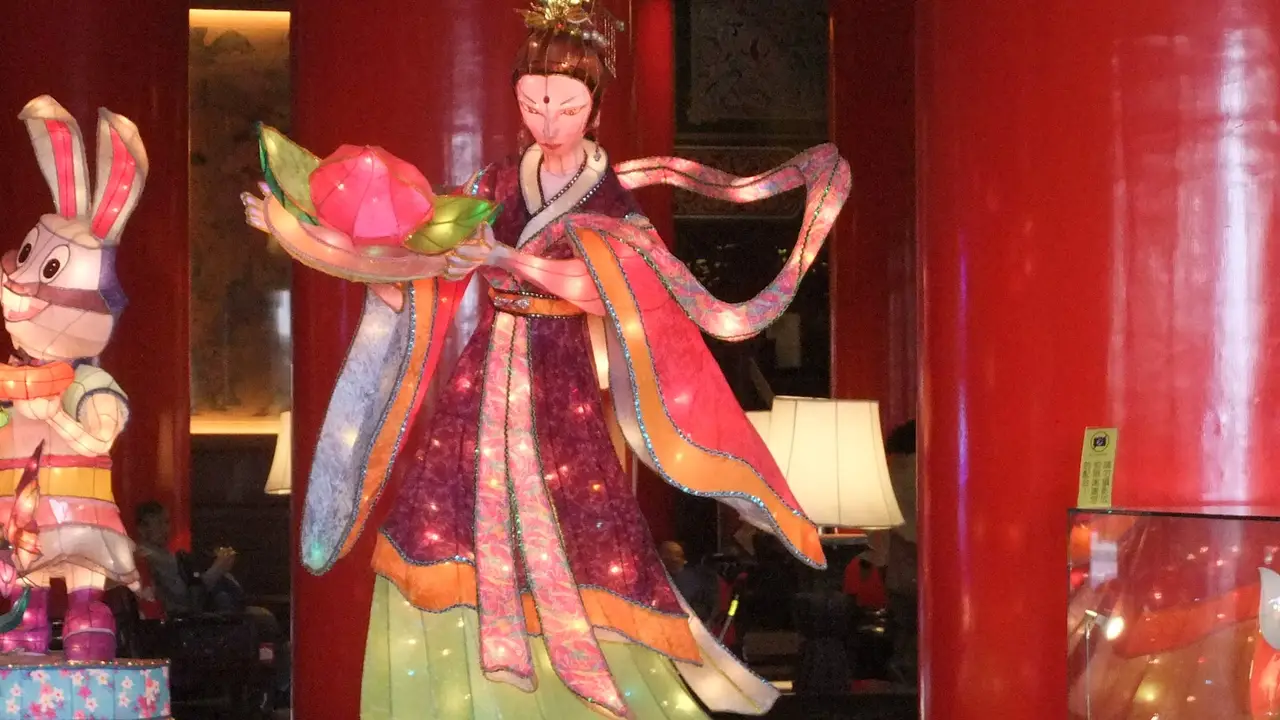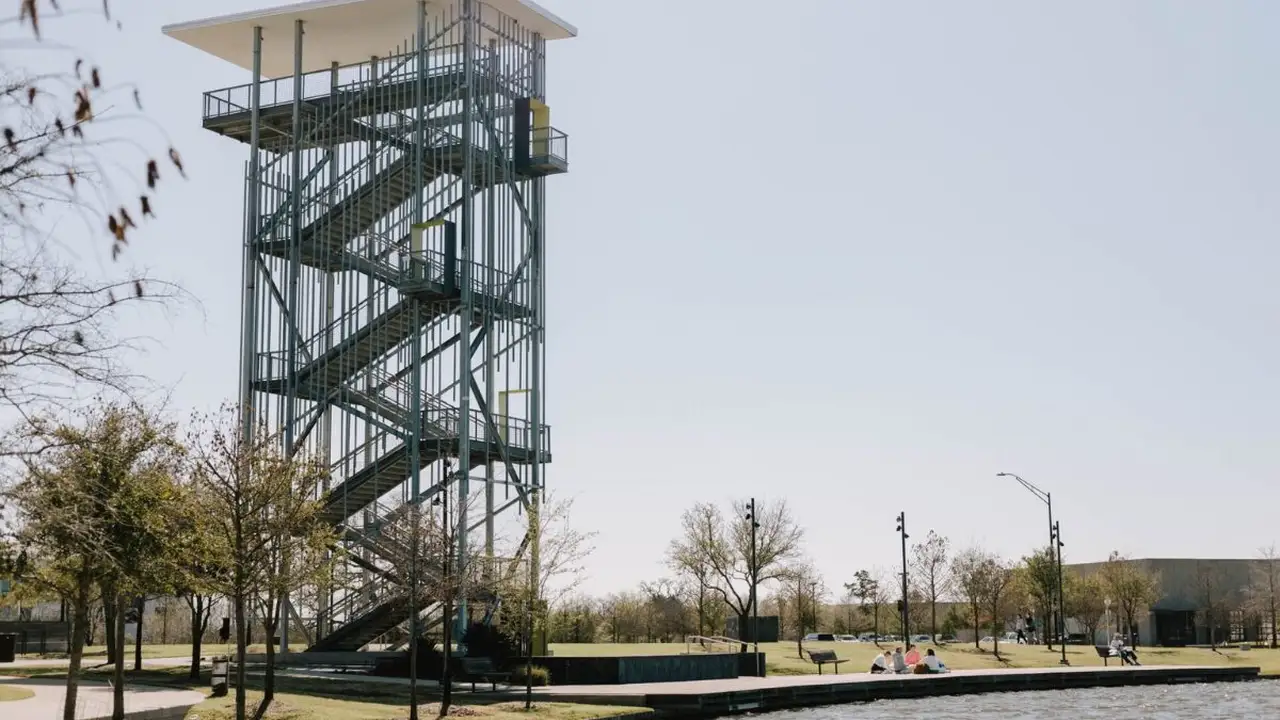Getting Around Taiwan: Transportation Options Compared
Sample meta description.

Taiwan Transportation Options An Overview for Tourists
So, you're heading to Taiwan? Awesome choice! Taiwan is a fantastic island with bustling cities, stunning natural landscapes, and delicious food. But how do you actually *get* around? Don't worry, I've got you covered. This guide breaks down all the major transportation options, from the super-efficient High-Speed Rail to the humble scooter, so you can plan your trip like a pro.
High-Speed Rail (HSR) The Fastest Way to Travel Long Distances
The High-Speed Rail, often called HSR or THSR (Taiwan High-Speed Rail), is your best friend for covering long distances quickly. It runs along the west coast, connecting major cities like Taipei, Taichung, Tainan, and Kaohsiung. Think of it as the Shinkansen of Taiwan – clean, punctual, and seriously fast.
Pros:
- Speed: Seriously, it's fast. Taipei to Kaohsiung in about 90 minutes? Yes, please!
- Comfort: Spacious seats, clean carriages, and even Wi-Fi. You can actually relax and enjoy the ride.
- Punctuality: Trains are usually on time, so you can rely on the schedule.
- Accessibility: HSR stations are well-connected to other forms of transportation, like the MRT and buses.
Cons:
- Cost: It's the most expensive option on this list.
- Limited Coverage: Only runs along the west coast. If you're heading to the east coast, you'll need another mode of transport.
- Station Locations: Some stations are a bit outside the city center, requiring additional travel.
Pricing: A one-way ticket from Taipei to Kaohsiung can cost around NT$1500-2000 (USD $50-65), depending on the class and time of day. Early bird discounts and multi-trip passes can save you some money. Check the official THSR website for the latest prices and promotions.
Taiwan Railway Administration (TRA) A Scenic and Affordable Choice
The Taiwan Railway Administration (TRA) is the traditional railway system that covers the entire island, including the scenic east coast. It's a more affordable option than the HSR, and it offers a wider range of routes and train types.
Pros:
- Extensive Network: Covers the entire island, including the beautiful east coast.
- Affordability: Much cheaper than the HSR.
- Variety: Different train types, from local trains to express services, catering to different budgets and travel styles.
- Scenery: The east coast line offers breathtaking views of the Pacific Ocean.
Cons:
- Speed: Slower than the HSR.
- Crowdedness: Can get very crowded, especially during peak hours and holidays.
- Older Infrastructure: Some trains and stations are a bit dated.
Pricing: A one-way ticket from Taipei to Hualien (on the east coast) can cost around NT$400-800 (USD $13-26), depending on the train type. Book in advance, especially if you're traveling during peak season.
Mass Rapid Transit (MRT) Navigating Cities with Ease
The Mass Rapid Transit (MRT) systems in Taipei and Kaohsiung are incredibly efficient and convenient for getting around these cities. They're clean, safe, and easy to use.
Pros:
- Efficiency: Fast and reliable way to navigate the city.
- Convenience: Stations are located near major attractions, shopping areas, and transportation hubs.
- Affordability: Relatively cheap compared to taxis.
- User-Friendly: Easy to understand maps and signage. English is widely used.
Cons:
- Limited Coverage: Only available in Taipei and Kaohsiung (and Taoyuan Airport).
- Crowdedness: Can get very crowded during rush hour.
Pricing: Fares are calculated based on distance. A single journey can cost around NT$20-60 (USD $0.65-2). Consider purchasing an EasyCard (悠遊卡) for discounted fares and easy access. You can reload the EasyCard at any MRT station or convenience store.
Buses Affordable and Wide-Reaching
Buses are a very common and affordable way to get around Taiwan, especially in smaller towns and rural areas. They're not always the fastest option, but they cover a vast network of routes.
Pros:
- Extensive Network: Buses reach almost every corner of Taiwan.
- Affordability: Very cheap, especially for longer distances.
Cons:
- Language Barrier: Schedules and announcements are often only in Mandarin.
- Traffic: Can be affected by traffic congestion.
- Comfort: Not always the most comfortable option, especially on long journeys.
Pricing: Fares vary depending on the distance. You can pay with cash or an EasyCard. Look for the "上車收票" (pay when boarding) or "下車收票" (pay when alighting) signs on the bus.
Scooters The King of the Road
Scooters are *everywhere* in Taiwan. They're the most popular mode of transportation for locals, especially in urban areas. However, renting a scooter as a tourist can be tricky and potentially dangerous.
Pros:
- Convenience: Easy to maneuver through traffic and park.
- Affordability: Relatively cheap to rent.
- Flexibility: Allows you to explore at your own pace and reach remote areas.
Cons:
- Safety: Taiwanese traffic can be chaotic, and scooter accidents are common. You *must* wear a helmet.
- Licensing: You'll need an International Driving Permit that specifically covers motorcycles. Many rental shops may not enforce this, but you'll be liable in case of an accident.
- Insurance: Make sure you have adequate insurance coverage.
- Parking: Finding parking can be challenging in some areas.
Pricing: Scooter rentals typically cost around NT$300-500 (USD $10-16) per day. Gas is relatively cheap.
Taxis Convenient but Can Be Pricey
Taxis are readily available in most Taiwanese cities. They're a convenient option, especially if you're traveling with luggage or late at night.
Pros:
- Convenience: Easy to find, especially in urban areas.
- Comfort: Air-conditioned and relatively comfortable.
- Door-to-Door Service: Takes you directly to your destination.
Cons:
- Cost: More expensive than public transportation.
- Traffic: Can be affected by traffic congestion.
- Language Barrier: Some taxi drivers may not speak English. It's helpful to have your destination written in Chinese.
Pricing: Taxis are metered. The starting fare is around NT$85 (USD $2.80), and the price increases based on distance and time. Uber is also available in Taiwan.
YouBike Bike Sharing Explore Cities at Your Own Pace
YouBike is a public bike sharing system available in several Taiwanese cities, including Taipei, New Taipei City, Taichung, and Kaohsiung. It's a fun and eco-friendly way to explore the city at your own pace.
Pros:
- Affordability: Very cheap to rent.
- Convenience: Stations are located throughout the city.
- Eco-Friendly: A sustainable way to travel.
- Health: A good way to get some exercise.
Cons:
- Availability: Bikes may not always be available at popular stations.
- Limited Coverage: Only available in certain cities.
- Weather Dependent: Not ideal in rainy weather.
Pricing: Rental fees are typically around NT$5-10 (USD $0.16-0.33) per 30 minutes. You can register with an EasyCard or a credit card.
Car Rentals The Freedom to Explore
Renting a car in Taiwan gives you the ultimate freedom to explore the island at your own pace, especially if you plan on visiting remote areas. However, driving in Taiwan can be challenging, especially in urban areas.
Pros:
- Flexibility: Allows you to explore at your own pace and reach remote areas.
- Convenience: Ideal for families or groups traveling with luggage.
Cons:
- Driving Conditions: Taiwanese traffic can be chaotic, and parking can be difficult.
- Cost: Car rentals can be expensive, especially with insurance and gas.
- Licensing: You'll need an International Driving Permit.
Pricing: Car rentals typically cost around NT$1500-3000 (USD $50-100) per day, depending on the car type and rental company.
Product Recommendations for Seamless Travel in Taiwan
Here are some specific product recommendations to make your transportation experience in Taiwan even smoother:
EasyCard (悠遊卡) The Must-Have Travel Companion
Description: The EasyCard is a contactless smart card that can be used to pay for transportation on the MRT, buses, trains (local lines), YouBike, and even at some convenience stores and restaurants. It's incredibly convenient and can save you time and money.
Usage Scenario: Use it to quickly tap in and out of MRT stations, pay for bus fares, and rent YouBikes. You can also use it to buy snacks and drinks at 7-Eleven or FamilyMart.
Comparison: While you can pay for individual rides with cash or tokens, the EasyCard offers discounted fares and eliminates the need to carry small change. It's also much more convenient than buying individual tickets.
Price: The card itself costs NT$100 (USD $3.30), which is non-refundable. You can then reload it with any amount you need.
Portable Wi-Fi Router Stay Connected on the Go
Description: A portable Wi-Fi router allows you to connect multiple devices to the internet while you're traveling around Taiwan. This is especially useful if you're relying on online maps, translation apps, or staying in touch with friends and family.
Usage Scenario: Use it to access Google Maps for navigation, translate Mandarin phrases with Google Translate, and share your travel photos on social media. Essential for updating your Instagram with all the delicious food!
Comparison: While you can rely on public Wi-Fi hotspots, they're not always available or reliable. A portable Wi-Fi router gives you a secure and consistent internet connection wherever you go.
Price: Rental costs vary depending on the provider and the duration of your rental. Expect to pay around NT$100-200 (USD $3.30-6.60) per day.
Recommended Product: Wi-Ho! Taiwan offers reliable portable Wi-Fi routers with unlimited data. They have convenient pick-up and drop-off locations at the airport.
Google Translate App Break Down the Language Barrier
Description: The Google Translate app is an indispensable tool for travelers in Taiwan, especially if you don't speak Mandarin. It can translate text, speech, and even images in real-time.
Usage Scenario: Use it to translate restaurant menus, ask for directions, and communicate with locals who don't speak English. The camera translation feature is particularly useful for reading signs and labels.
Comparison: While you can use a phrasebook, the Google Translate app is much more versatile and convenient. It also allows you to have real-time conversations with people who speak different languages.
Price: Free!
Power Bank Keep Your Devices Charged
Description: A power bank is essential for keeping your phone, tablet, and other devices charged while you're on the go. This is especially important if you're relying on your phone for navigation, communication, and taking photos.
Usage Scenario: Use it to charge your phone while you're exploring the city, riding the bus, or hiking in the mountains. Never miss a photo opportunity because your battery died!
Comparison: While you can try to find a power outlet, it's not always convenient or possible. A power bank gives you a reliable source of power wherever you are.
Price: Prices vary depending on the capacity and features of the power bank. Expect to pay around NT$500-1500 (USD $16-50).
Recommended Product: Anker PowerCore 10000 is a compact and reliable power bank that can charge your phone several times.
Comfortable Walking Shoes Crucial for Exploring
Description: You'll be doing a lot of walking in Taiwan, so comfortable shoes are essential. Choose a pair that provides good support and cushioning.
Usage Scenario: Wear them while exploring bustling city streets, hiking scenic trails, and visiting temples and historical sites. Your feet will thank you!
Comparison: While you can wear sandals or flip-flops, they're not ideal for long walks or uneven terrain. Comfortable walking shoes will provide better support and protection.
Price: Prices vary depending on the brand and style of the shoes. Expect to pay around NT$1500-5000+ (USD $50-165+) for a good pair of walking shoes.
Recommended Product: Brooks Ghost are known for their comfort and support, making them a great choice for walking and light hiking.
Navigating Taiwan Like a Local Tips and Tricks
Here are some extra tips to help you navigate Taiwan like a pro:
- Learn basic Mandarin phrases: Knowing a few basic phrases like "你好" (nǐ hǎo - hello), "謝謝" (xièxiè - thank you), and "請問" (qǐngwèn - excuse me/may I ask) will go a long way.
- Download offline maps: Google Maps allows you to download maps for offline use, which can be helpful if you don't have internet access.
- Use public transportation during off-peak hours: Avoid traveling during rush hour (7-9 am and 5-7 pm) if possible, as trains and buses can get very crowded.
- Be aware of scooter traffic: Scooters are everywhere in Taiwan, so be careful when crossing the street.
- Carry an umbrella: Taiwan is known for its rainy weather, so it's always a good idea to carry an umbrella.
- Embrace the local culture: Be respectful of local customs and traditions.
Enjoy your trip to Taiwan! With a little planning and preparation, you'll be able to navigate the island with ease and have an unforgettable experience.
:max_bytes(150000):strip_icc()/277019-baked-pork-chops-with-cream-of-mushroom-soup-DDMFS-beauty-4x3-BG-7505-5762b731cf30447d9cbbbbbf387beafa.jpg)






